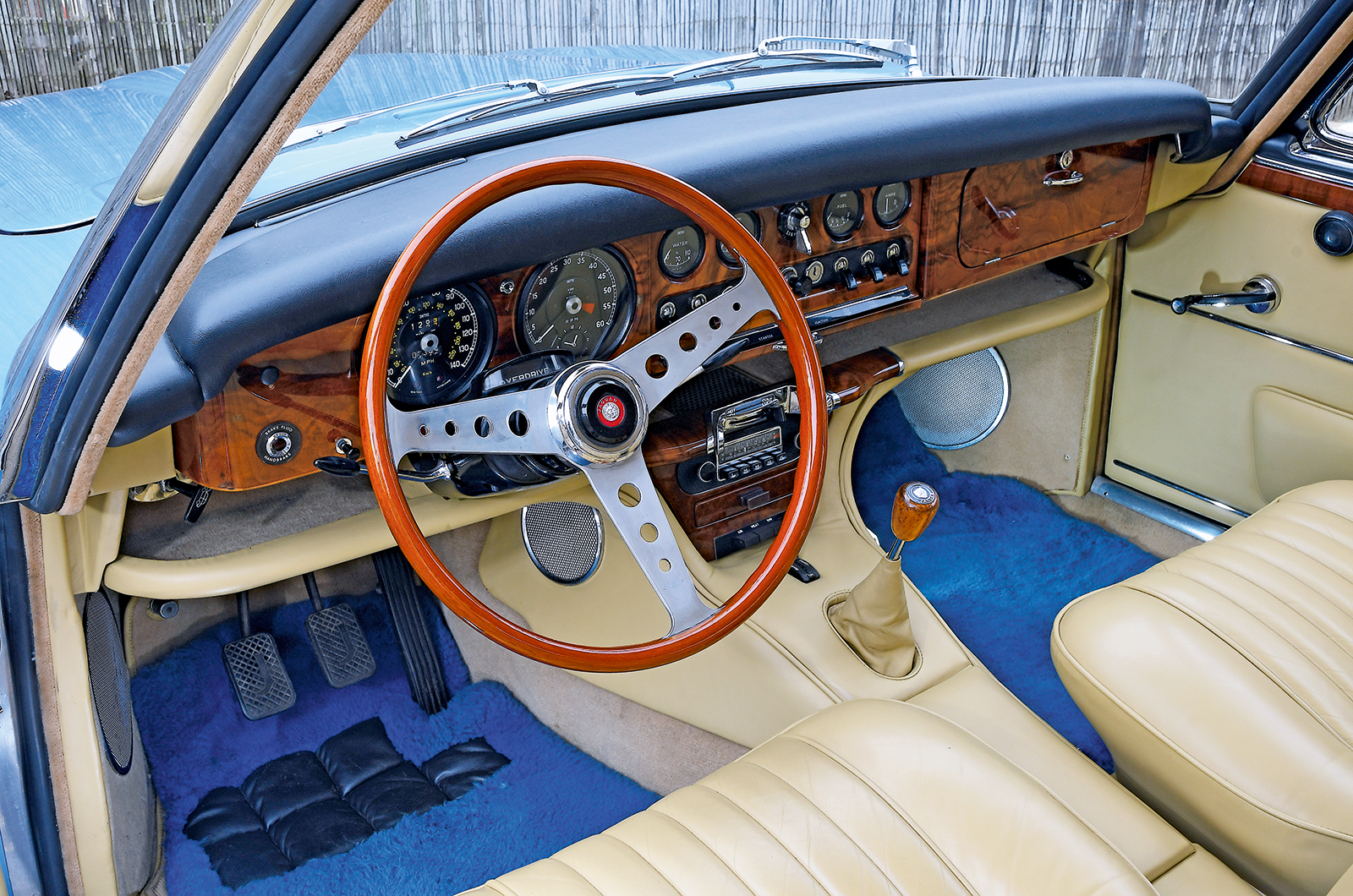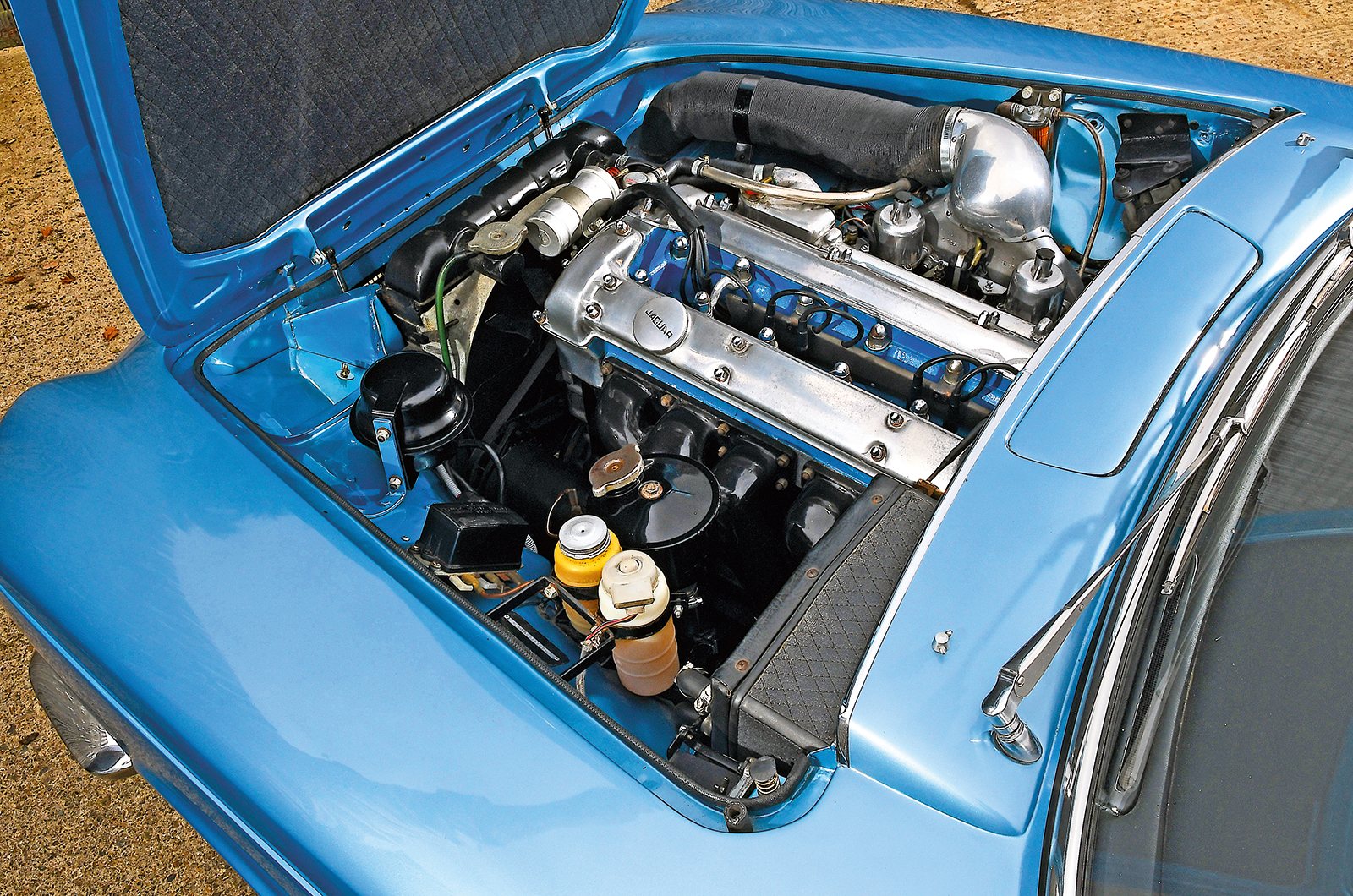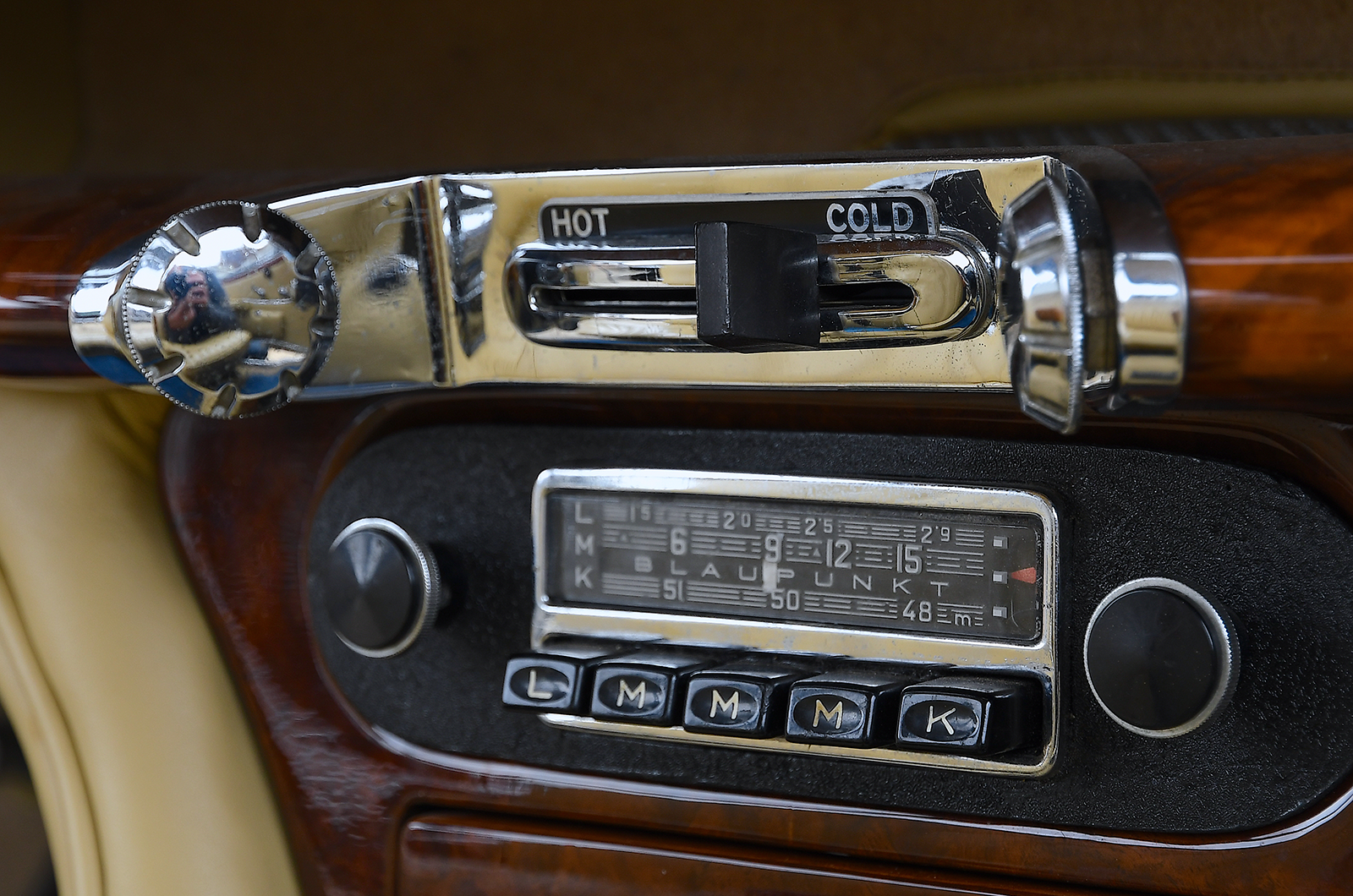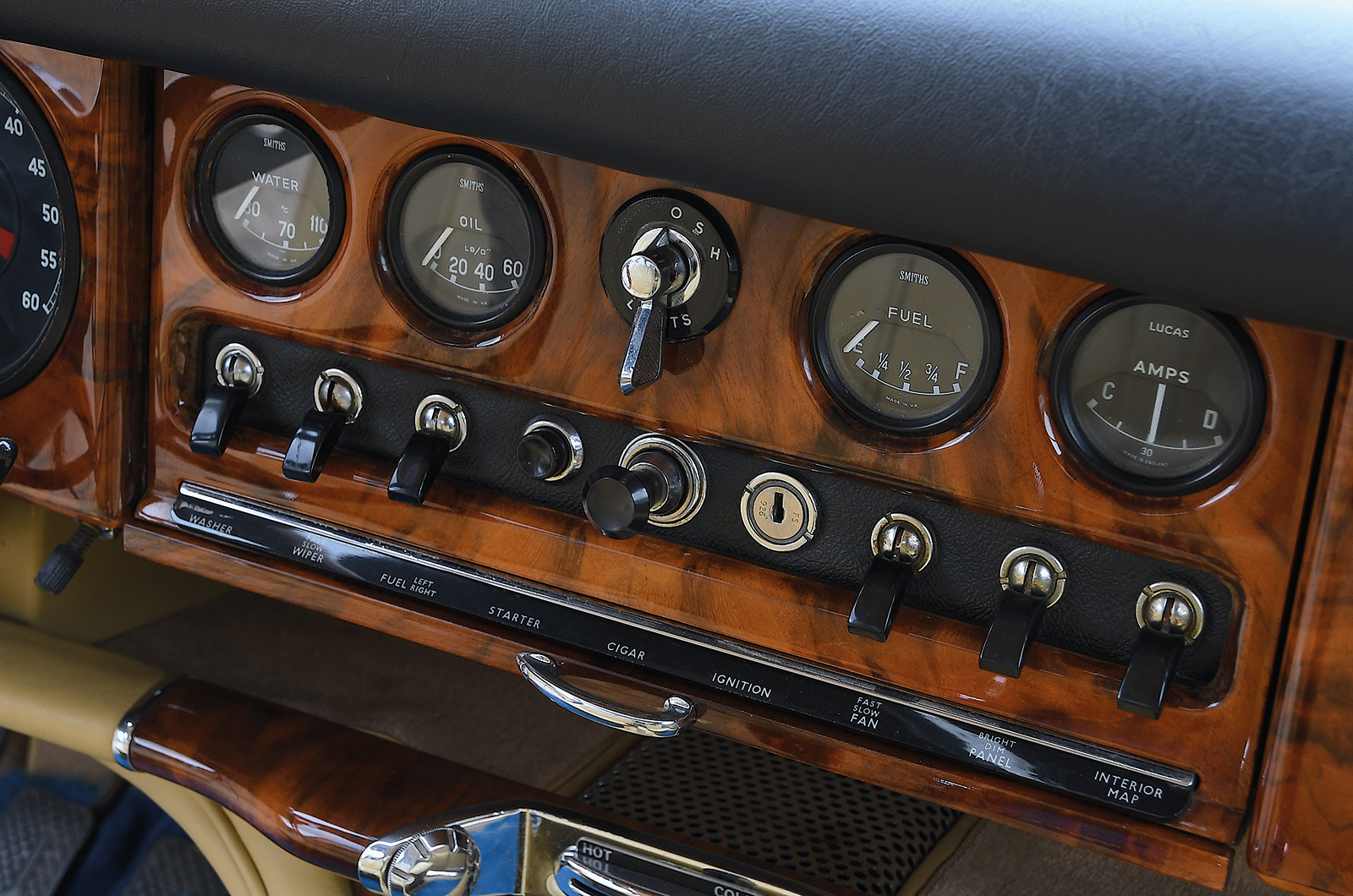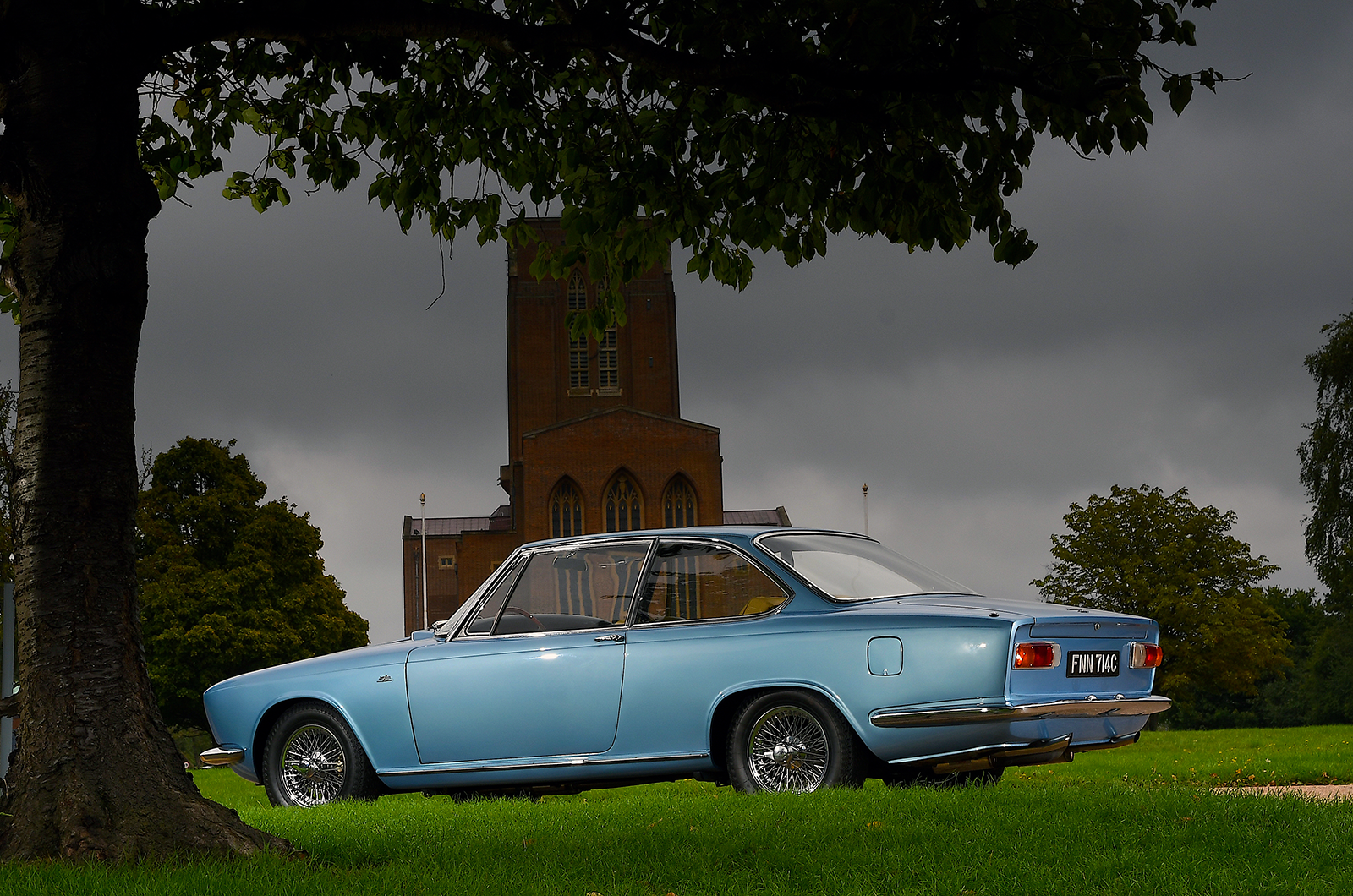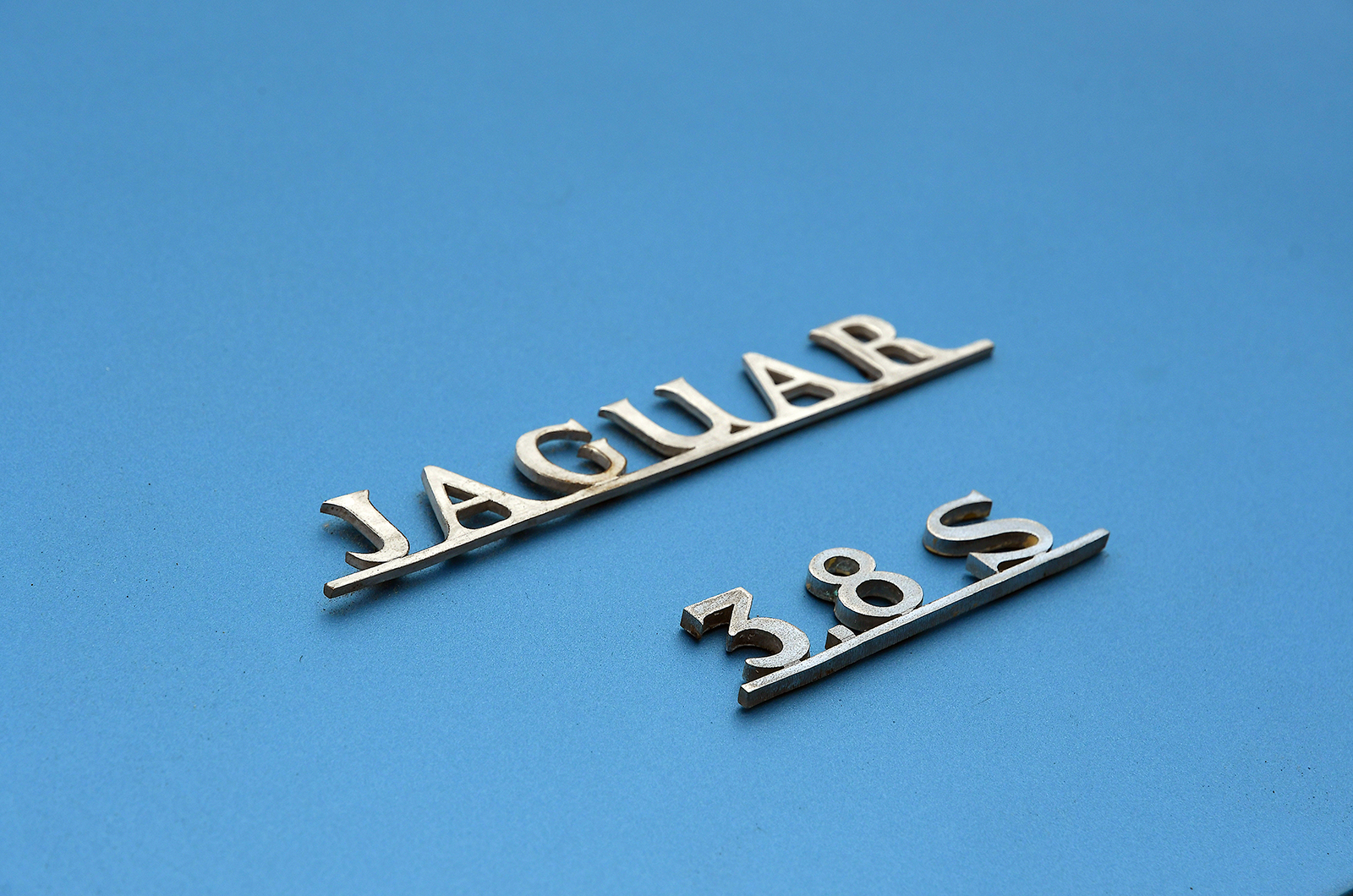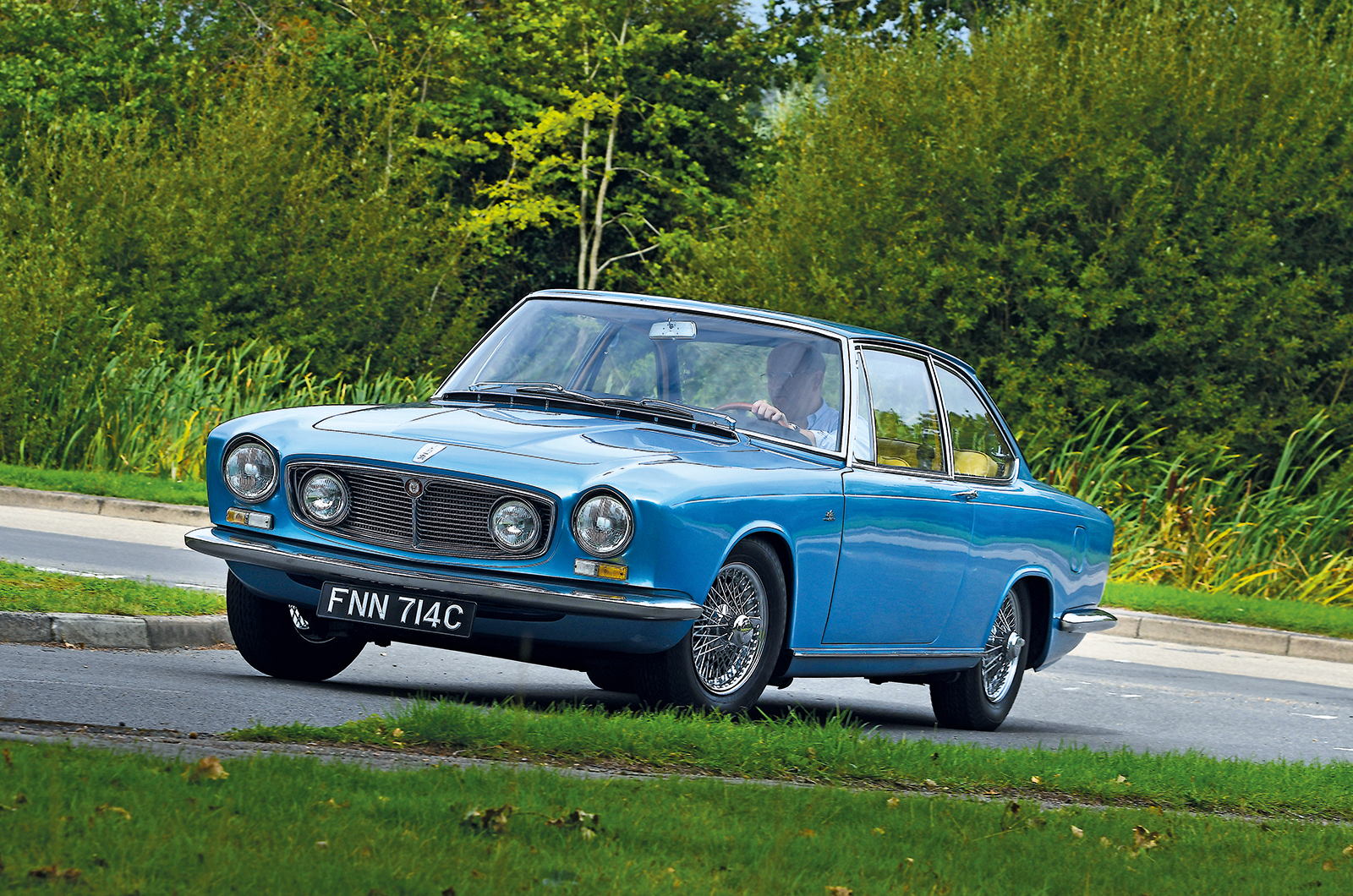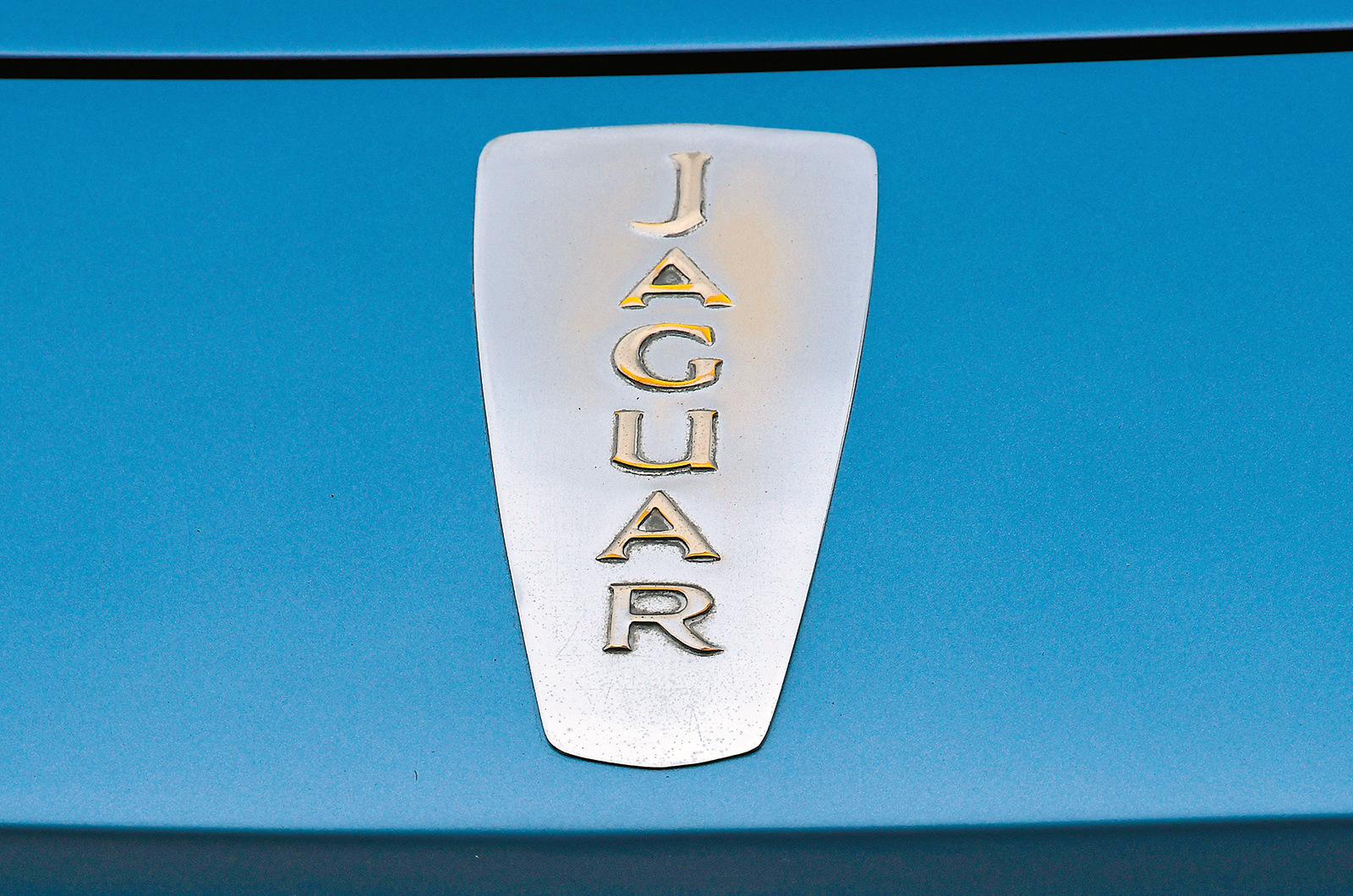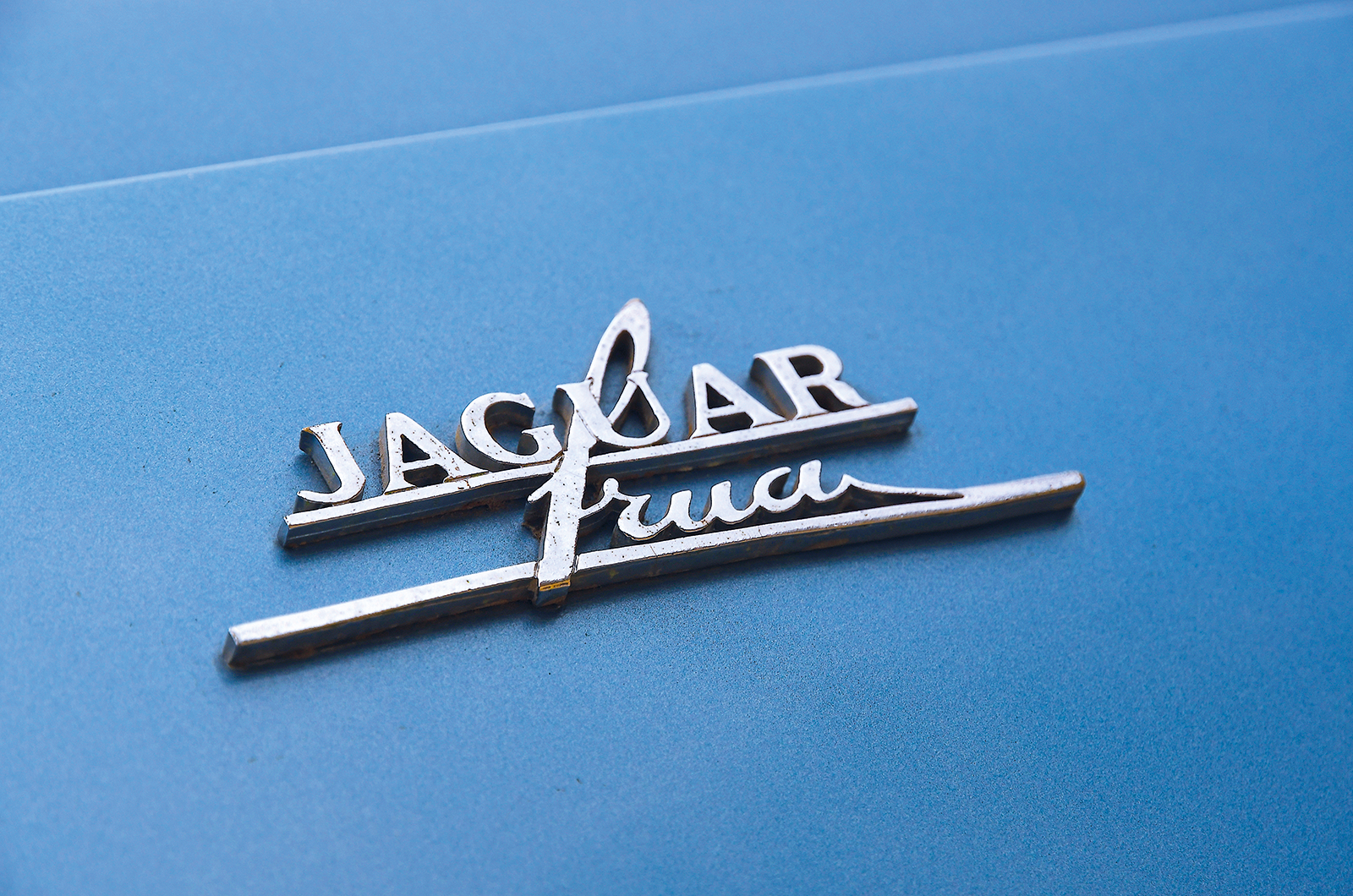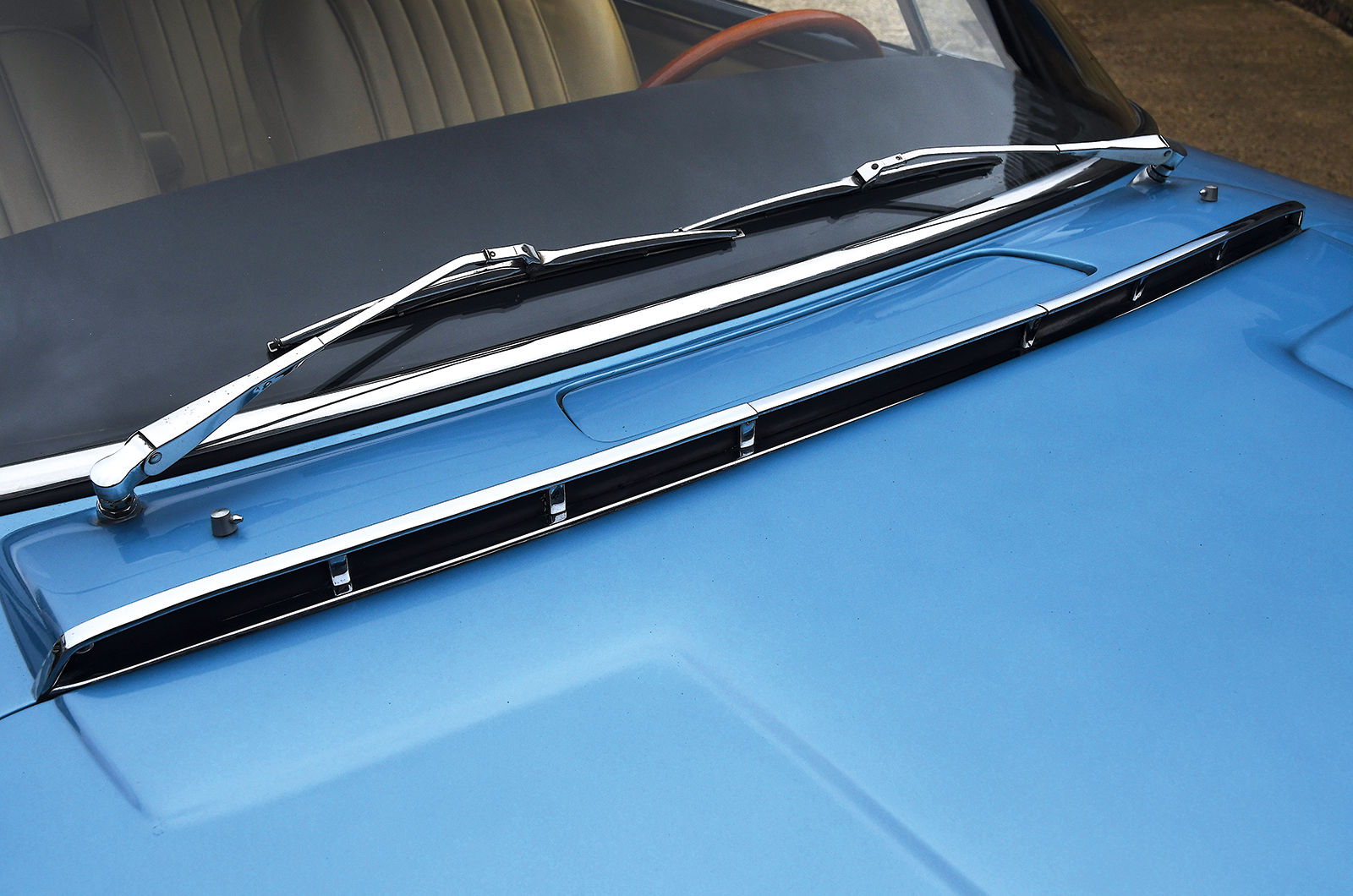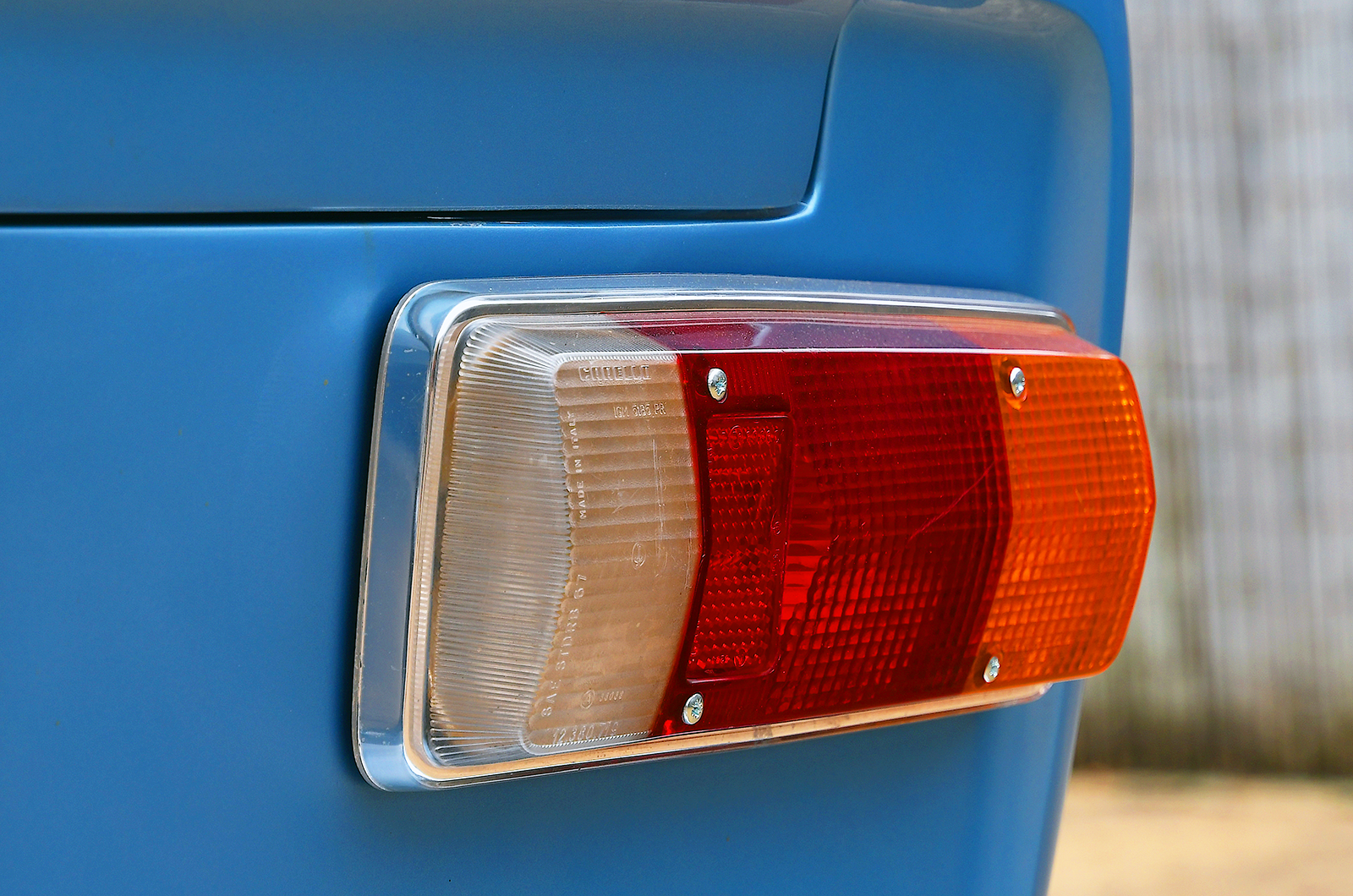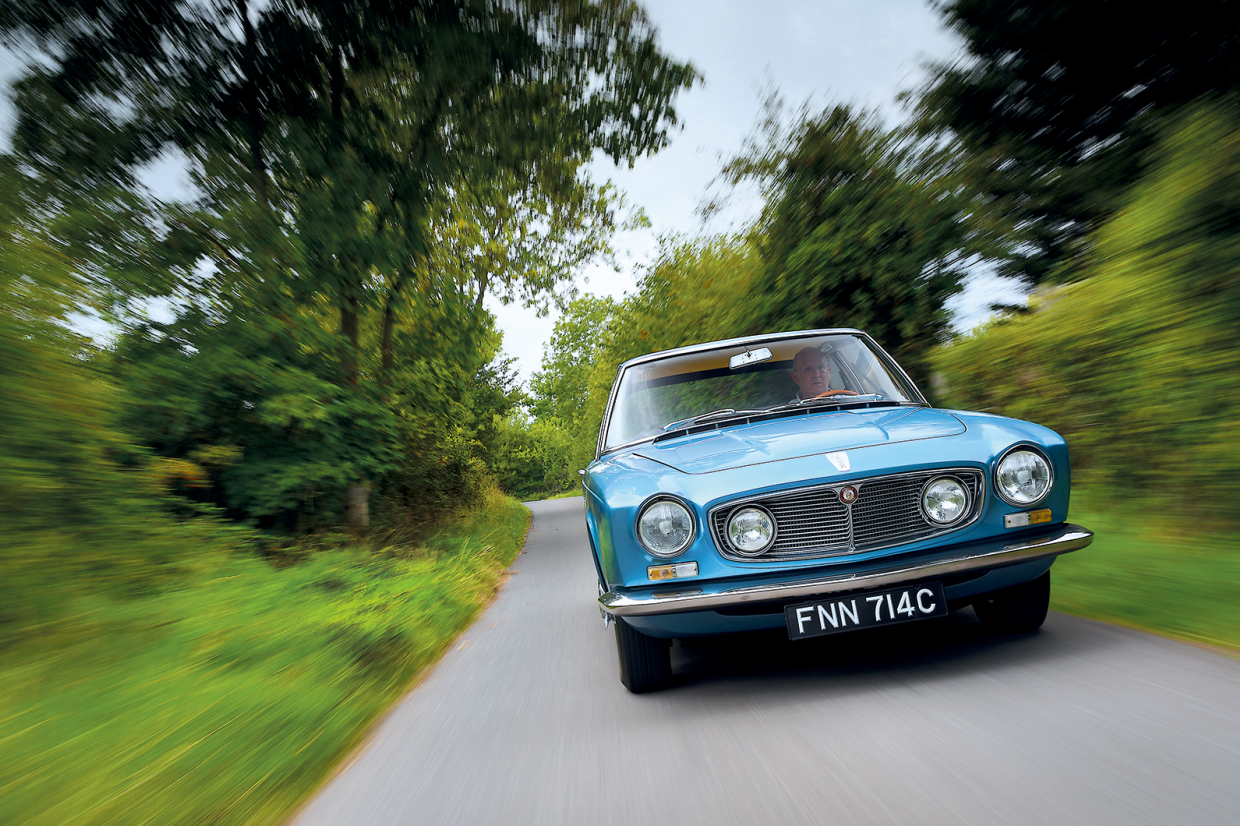
Latin attempts at second-guessing Sir William Lyons were always doomed.
The powerful, sensual, rounded forms that the Jaguar boss evolved over 30 years were so personal to him, and such a hit with the public, that fashionable recourse to an Italian styling house would have felt very wrong.
The likes of BMC and Triumph might have needed the Italians but not Jaguar, at least not while Lyons was at the helm.
Not even Pininfarina could successfully recapture the elegance and excitement of the Coventry originals, merely adding extra flab and chrome for the one-off customers who wanted something ‘different’.

Lyons was already in his mid-60s when this Frua-bodied S-type appeared at the 1966 Geneva Salon, with his finest creation – the groundbreaking XJ6 – still two years away.
That beautiful car would sweep aside any suggestion that the ‘compact’ Jaguar saloons, derived from the mid-’50s 2.4, were beginning to look slightly dated.
Meanwhile, there was nothing to stop private, wealthy customers such as Signor Francesco Respino ordering a one-off creation based on a Jaguar from one of the various carrozzerie that still proliferated in the Turin area.

